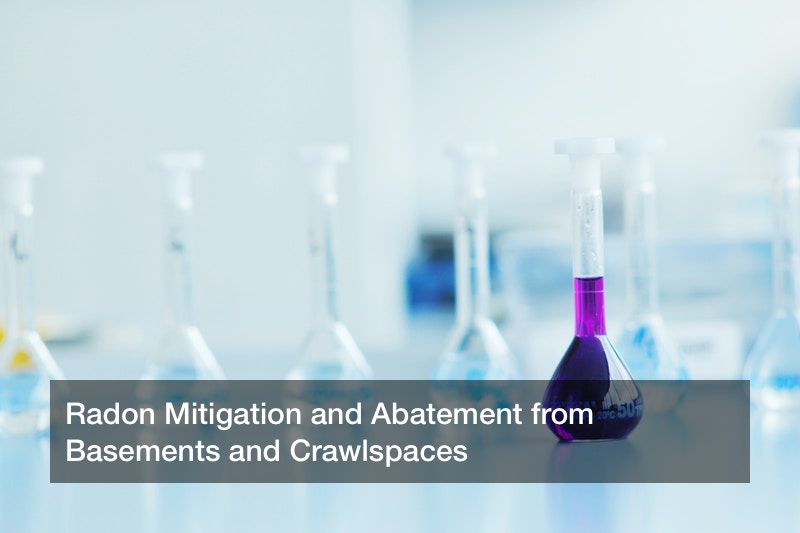

What is radon? Radon (Rn) is natural colorless, odorless and harmful gas, originating from the breakdown of earth’s crust, soil and rocks to release uranium into the atmosphere. Radon exists anywhere, but some regions are more have high concentration than others. Outside, the gas pose nor problem but inside the house, radon poses a serious health risk. Commonly associated with lung cancer but radon gas causes other health complications in the body.
Radon mitigation and abatement is a challenging process since its effectiveness depends on other factors such as size of the house, type of mitigation system, climatic conditions among others. However, the process can be cheap and simple provided measures such as proper junctions sealings, slab floor barrier, radon gas extractor fan and evacuation stack are put in place.
Many of the construction techniques in use today are more airtight focused unlike what’s used to be decades back due to durability, energy efficiency as well as improved indoor air quality. When there’s inadequate fresh airflow when constructing sustainable homes, radon accumulates the house at higher concentrations, posing a greater health risk.
Now that you know what is radon and the health concern it poses, it’s also important to understand the source of the gas by conducting radon testing and inspection. The basement is perhaps the most common source for radon, and because of air pressure difference on the lower level, the air rises and collects to the top floors. In addition, here are some major paths radon finds its way into your house.
- Evacuation stucks, pipes and sump pump housings
- Stone foundations
- Crack on walls, joints ad gaps
- Crawl spaces
- Well water
- Floor drains
Whether you’re constructing a new house, moving to a new one, or selling your house, radon testing and inspection is vital to determine radon levels. Though Radon Gas Maps allows people to know the regions most exposed to radon gases and helps some determine if the test is necessary, the Environmental Protection Agency advises to actually conduct the test and inspection first then address your concerns later. It’s better to take precautions and avoid costly and serious health implications. What is radon mitigation and abatement?
When it comes to radon reduction systems, no particular technique can claim to be a fit for all solutions. But you still need to know the techniques that have proved effective in significantly reducing radon levels in homes.
- Sub-slab depressurizations This technique involves the insertion of suction pipes on either side of the basement through the floor into the concrete slab. It’s an easy, less costly and common radon reduction solution that draws out the radon gas and vent into the environment. This technique can be used alongside evacuation stack especially if there is adequate airflow below the slab.
- Sub-membrane depressurization The technique uses a special plastic membrane to seal off leaks, gaps and other openings on crawl space foundation walls install then install an evacuation stuck to vent out the gas.
- Heat or Energy recovery ventilator(HRV) is a specially designed machine that works as a standard ventilation system to maintain a fresh indoor air by venting warm and heated air.
- Sealing sump covers Lastly, another complementary radon reduction solution is sealing hole, gaps and large cracks in the slab. This technique ensures optimum venting pressure is always achieved.
The radon reduction methods addressed above offers homeowners and interested parties with the idea of the types of techniques that are ideal for reducing radon level homes. While you can easily install some of these mitigation techniques by yourself as an interesting DIY project, you need to hire a professional who is experienced to handle your project and guarantee great results. This copy offers great details on what is radon, the effect on health and the mitigation techniques to use.